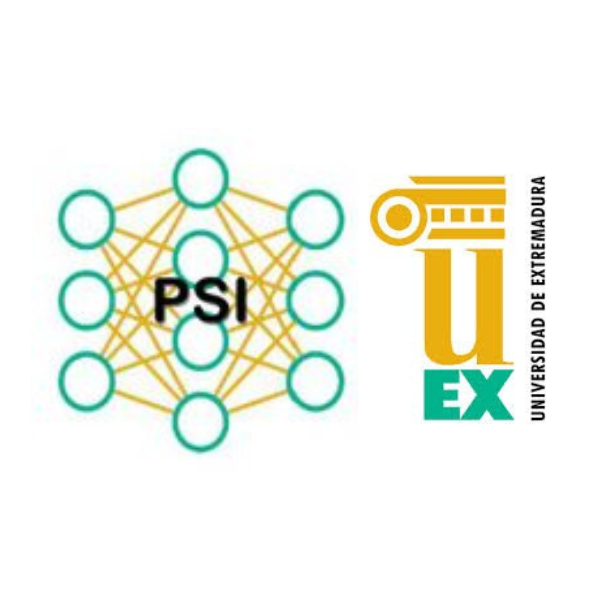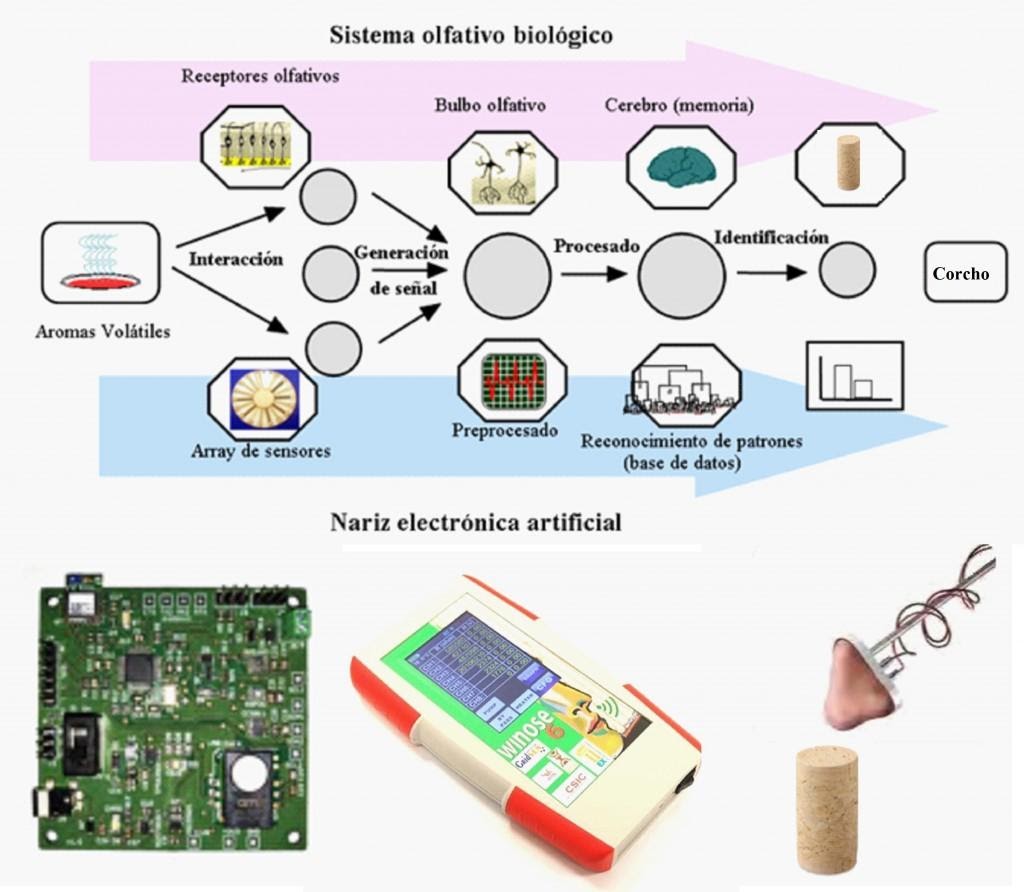
Artificial olfactory device made by integrating components like chemical and gas sensors, and signal processing systems. These sensors can be used as an “electronic fingerprint” to characterise patterns previously learned or stored, so that aromas and volatile organic compounds from different sources can be distinguished, identified and/or quantified, for multiple purposes.
Instrument consisting of an array of electronic chemical sensors that are partially specific, and an appropriate pattern recognition system that can recognise individual or complex smells.
These devices have applications in multiple sectors:
Environment: gas detection, measuring air quality, gas sensor calibration, detection of leaks of HTF at solar farms. Food industry: TCA in corks, degree of ripening of fruit and vegetables.
Detection of chemical or explosive environments and discovery of forged banknotes or drugs.
Healthcare: detecting illness through the smell of the breath, and health monitoring.
Military and defence (space applications, NASA) Quality control laboratories
Waste management (environmental monitoring) etc.

Status of the technology:
Laboratory tested
Area:
Health and wellness
Information:
To get in touch with the people in charge of this offer, please contact FUNDECYT-PCTEx by email: transferencia@fundecyt-pctex.es
